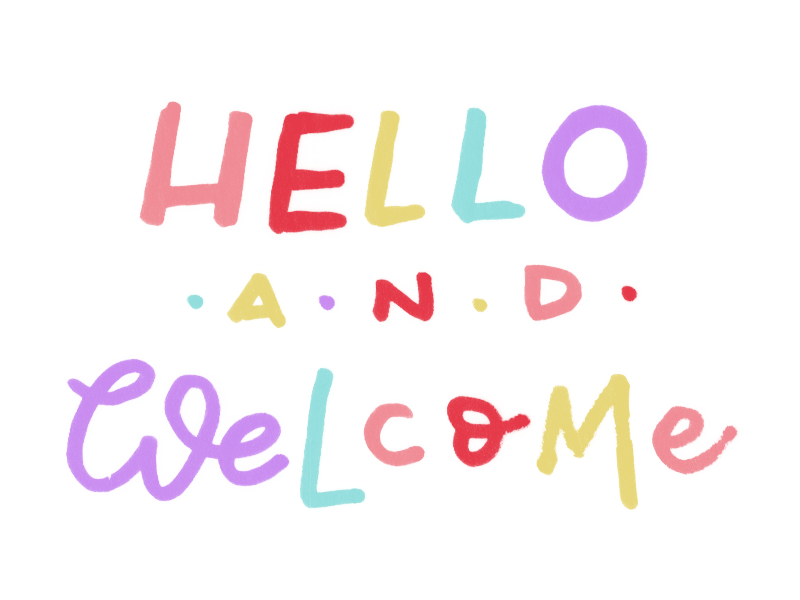If you are a child of the 80s or early 90s, you might remember the famous G.I Joe line, "Now you know. And knowing is half the battle."
After taking in all of this week's resources, I think for our 21st century students, knowing is really only a quarter of the battle. Gone are the days when it was "easy" to decide if the information you were accessing was accurate. The trade off we've made with having massive amounts of information at our fingertips is that we have to sift and sort through potential rubbish in order to get to the information of real value.
As the use and availability of technology has grown at an exponential rate, so too has the importance of developing information literacy skills with our students. Looking over the P21 Frameworks and explanations, I started thinking about how society and even educators' understanding of the word literacy needs to shift. In example, my school is planning a literacy night for February but the only teachers participating and leading the activities are the ELA teachers. It is going to coincide with our book fair, and the idea of "literacy" only mattering or connecting with the English content area is what this event is portraying. While the Oxford English Dictionary's first definition of literacy is "the ability to read and write," I think we need to bring more attention to the second definition, "competence or knowledge in a specified area." Students in the 21st century must have competence or knowledge in many areas and without the ability to parse through what information is worth knowing, true literacy cannot be achieved.
The ideas surrounding how to teach and expose students to fake news, living in a post-truth world, fact checking, and their own information diets was helpful and overwhelming at the same time. I think one of the best starting tips was from Joyce Valenza's School Library Journal article, "Truth, truthiness, and triangulation: A news literacy toolkit for a post-truth world." Valenza mentions some teachers' usage of "hoaky hoax sites" to teach about assessing online information and its validity. I was one of those teachers who used to use these sites to help my students begin to think about how to parse through the information they're accessing online. I'm sure most people have seen the site on the Pacific Northwest Tree Octopus (
https://zapatopi.net/treeoctopus/), and this is just one example of what Valenza is referencing.
Before analyzing the P21 Frameworks, listening to The Liturgists podcast, and reading Valenza's article, I probably wouldn't have felt bad about defending the use of these "hoaky hoax sites." They're funny, and they help create a dialogue. However, if we are going to help students approach information literacy and fact checking seriously, with the intent of producing more literate and intelligent citizens who will help create a safer, more equitable world, we need to use sites, lessons, and activities which match the importance and seriousness of these goals.
We also need to model our own attempts at information literacy and what type of information diet we, as school librarians, have. I tend to stick to mainstream news sources i.e. NPR for the majority of my national and international news. I use social media to gain information as well, but I have tried to work carefully and diligently to follow a variety of people who are experts in their fields and who are in the habit of backing up any information they share with the original source or study. This has taken time and effort on my part, and I think we need to model this for students. Finding and deciding what to believe takes effort!
Showing students how to use Common Sense Media for information on the books or movies they want to access has been really helpful, as have their Digital Literacy Lessons - many of which we have used as a grade level at my school. Introducing students to games like Facticious or sites like University of California Santa Barbara's Center for Information Technology and Society and their analysis of fact checkers are places to start. I really like the chart the CITS made regarding the most popular fact checkers:
Modeling academic research and everyday news browsing should also be parts of this process. These could include reminding students to check multiple sources to back up information for both research projects and news about celebrities and encouraging students to use search engines like Duck Duck Go or Qwant instead of Google to avoid getting stuck in echo-chamber like environments because of algorithms.
Finally, I love what John Green discusses in his Crash Course video on Fact Checking. We need to encourage students to be critical, curious, and skeptical of the information they hear and see while explaining the dangers of becoming cynical and assuming all information is false (10:17 into the video).
We can only do this by continuing to help them analyze their own information diets and the biases we all have and need to recognize in the information we come across daily. A challenge, but a challenge I think we are all up to!
References:
CrashCourse. (2019, January 15). The facts about fact checking: Crash course navigating digital information #2 [Video]. YouTube. https://www.youtube.com/watch?v=EZsaA0w_0z0
Protecting ourselves from fake news: Fact-Checkers and their. (n.d.). UCSB CITS. Retrieved January 29, 2022, from https://www.cits.ucsb.edu/fake-news/protecting-ourselves-fact
Valenza, J. (2017, December 20). Truth, truthiness, triangulation: A news literacy toolkit for a “post-truth” world. School Library Journal. Retrieved January 29, 2022, from https://blogs.slj.com/neverendingsearch/2016/11/26/truth-truthiness-triangulation-and-the-librarian-way-a-news-literacy-toolkit-for-a-post-truth-world/








